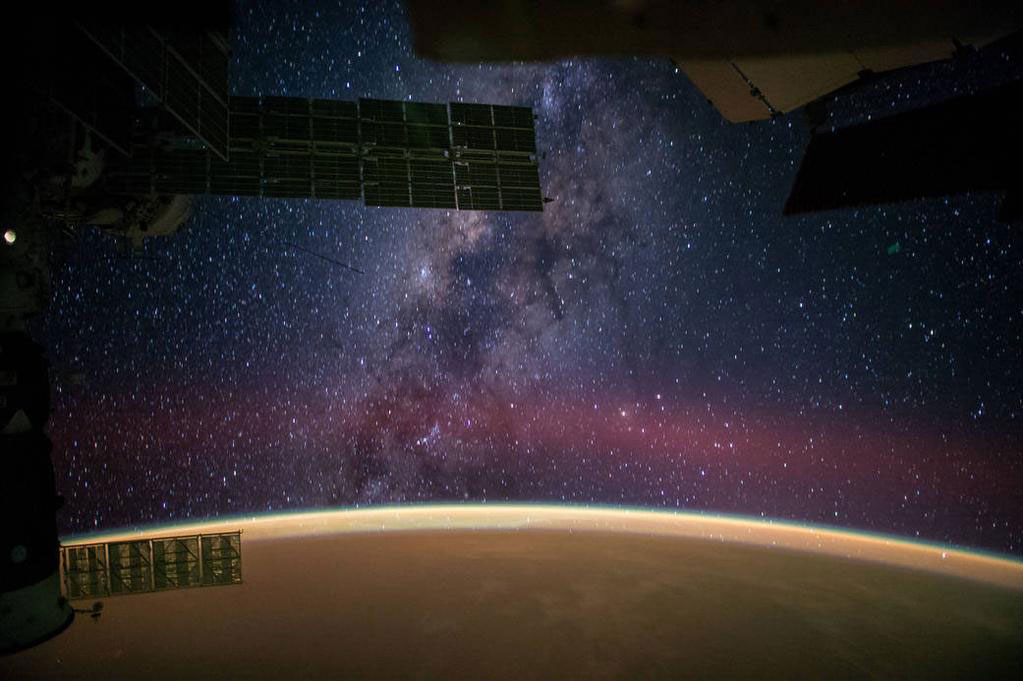
How did your pre-treated urine transfer rate work out this week? I’m sorry? You had no pre-treated urine transfer rate to worry about? Oh, then you must not be aboard the International Space Station (ISS).
It’s been a busy few days for the six crewmembers of the ISS—which pretty much describes all of their days. If there’s one point all astronauts mention about their time aloft, it’s the challenge of the schedule—the long, every-minute-accounted-for checklist of items that have to be completed every single day. Some of them are the glamour stuff of space travel—spacewalks, formation-flying with arriving vehicles, TV broadcasts to the folks back home. Some are a good deal more mundane, such as troubleshooting the stubbornly low flow rate in a system that is supposed to filter and recycle urine into ordinary drinking water.
Mission planners are not shy about revealing just how hard they make the astronauts work, as a glimpse at NASA’s ISS blog reveals. On May 22, the crew woke up to a list of 65 must-do items; three days later it was 67; the next day was a lighter day by comparison, with a scant 55.
A lot of what was done on those days was indeed very big stuff. On May 26, year-in-space marathoner Scott Kelly and crewmate Terry Virts oversaw the transfer of the Permanent Multipurpose Module (PMM) from one berthing site to another on the station—which is both much more important and much more difficult than it sounds. For one thing, the module weighs 11 tons. And like most station modules, it’s roughly the size of a school bus.
Relocating it meant three control centers had to work in tandem: Mission Control in Houston; the Mobile Servicing Systems Operations Center in Quebec, Canada, which oversees the work of the station’s robotic arm; and the station itself, with Kelly and Virts in charge. The goal was to decouple the PMM from the Unity module and movie it to the nearby Tranquility module—by remote control, while moving 17,135 mph (27, 576 k/h), at an altitude of 259 mi. (417 km).
But it was worth the effort. By 2017, two new commercial crew vehicles built by Boeing and SpaceX will begin flying to the station, freeing the U.S. from its reliance on the Russian Soyuz as the only way to get astronauts to space. That required reconfiguring the station to open up the best docking ports to receive crew—and that meant the PMM had to find somewhere else to live.
A lot of the other work that went on in the past few days involved the extensive biomedical tests that Kelly, his fellow one-year flier Misha Kornienko, and the other astronauts regularly undergo to study the human body’s fitness for long-term space flight. Kelly and Kornienko went through their paces in what will be a year’s worth of fine-motor skill tests, tapping at touch screens to determine how their reaction time and dexterity change over the course of their stay.
Kelly and cosmonaut Gennady Padalka worked with ultrasound equipment to help study how fluid shifting from the lower body to the head affects the shape of the eyeball and the condition of the optic nerve, both of which are thought to cause long-lasting—and perhaps permanent—changes in the vision of astronauts who have spent extended time in zero-g.
Next week, Kelly will undergo similar testing while wearing a CHIBIS lower body negative pressure suit, which pulls fluid back down from the head and reduces the pressure that causes the damage. And, yes, a more colloquial description for a CHIBIS lower body negative pressure suit is rubber vacuum pants—but if your vision depended on them, you’d be happy to put them on too.
Other work on the station involved echocardiograms, with crewmembers serving sometimes as Crew Medical Officers (CMOs) and sometimes as patients as they performed the scans on one another; experiments on convection, fluid physics and the effects of the space environment on various materials subjected to long-term exposure outside the station; and maintenance work on extravehicular activity (EVA) suits in preparation for spacewalks soon to come.
None of the work is easy, some of it is monotonous, and all of it just keeps coming. On the other hand, you get to perform it while weightless, with a view outside the office window that is pretty hard to beat. As workplaces go, you could do a lot worse.
See Scott Kelly's First 30 Days in Space

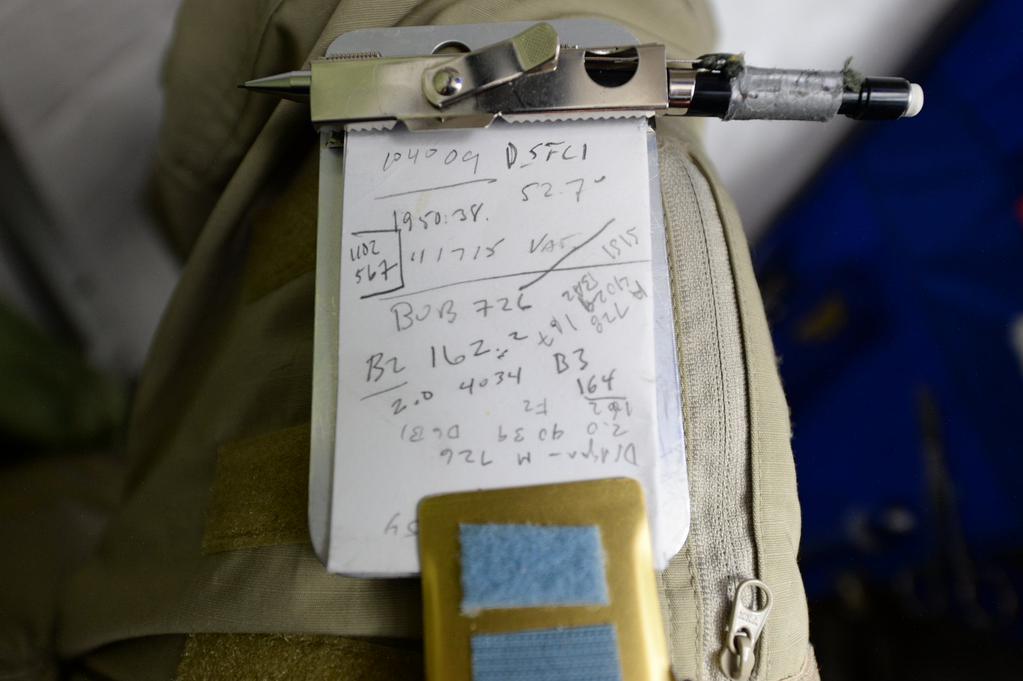
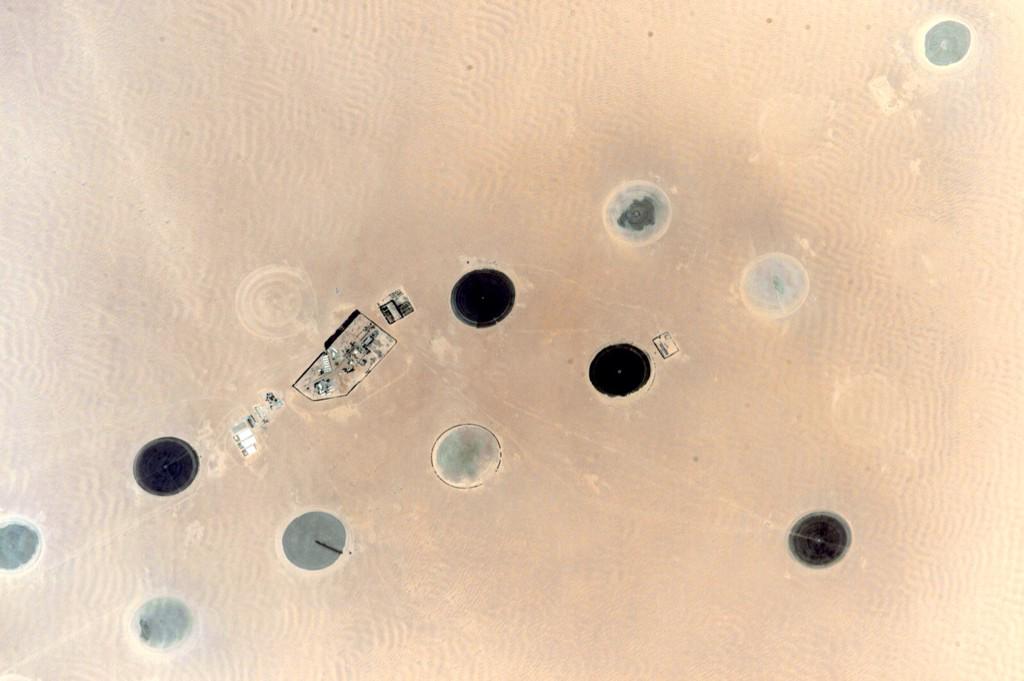
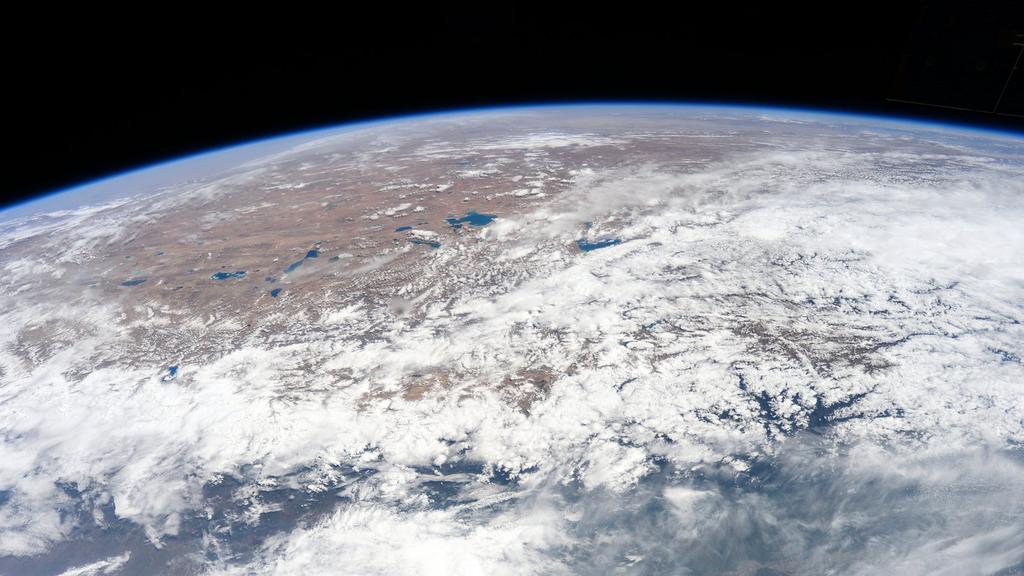


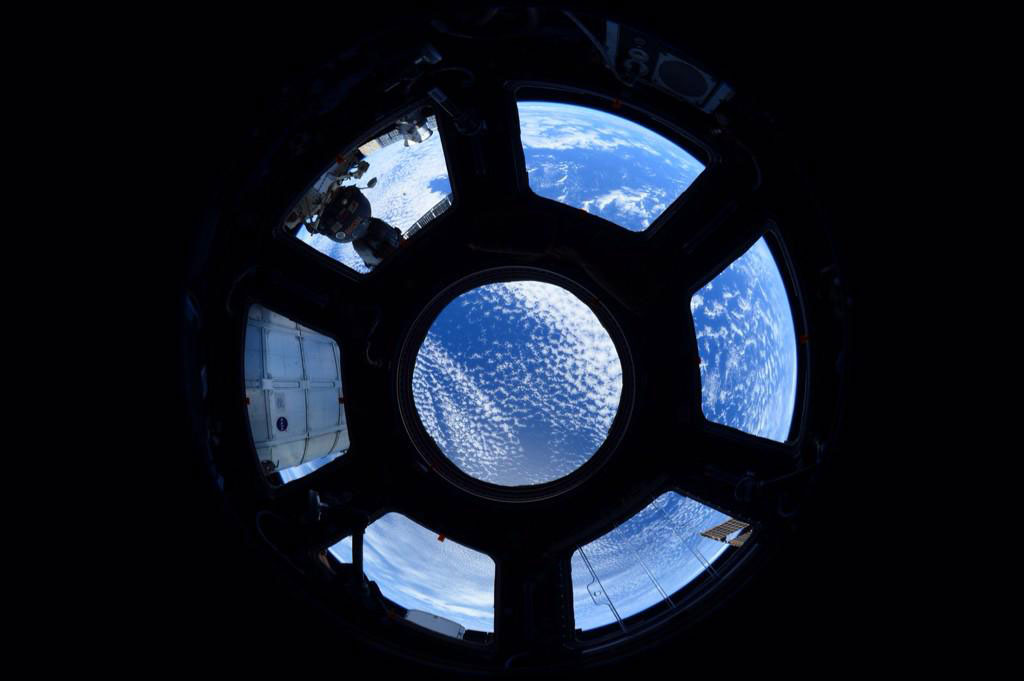



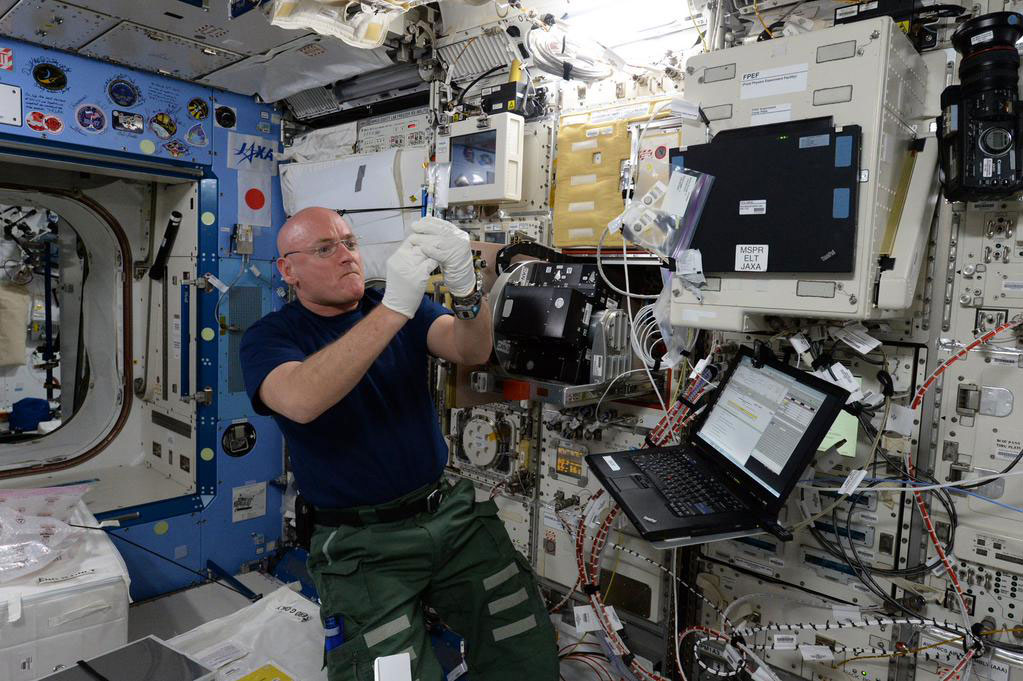
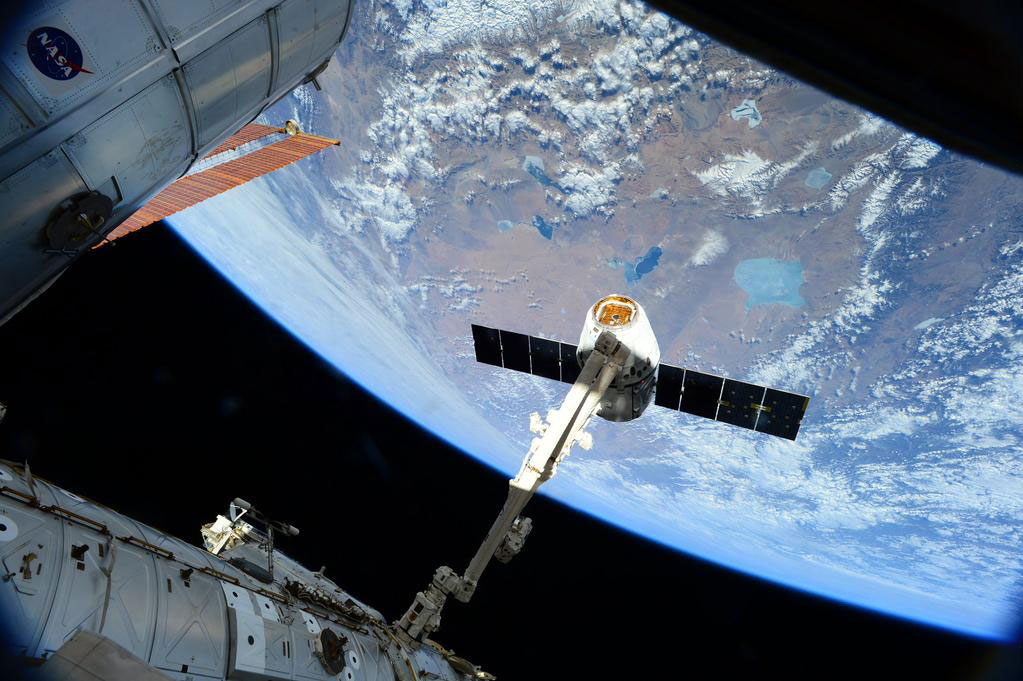



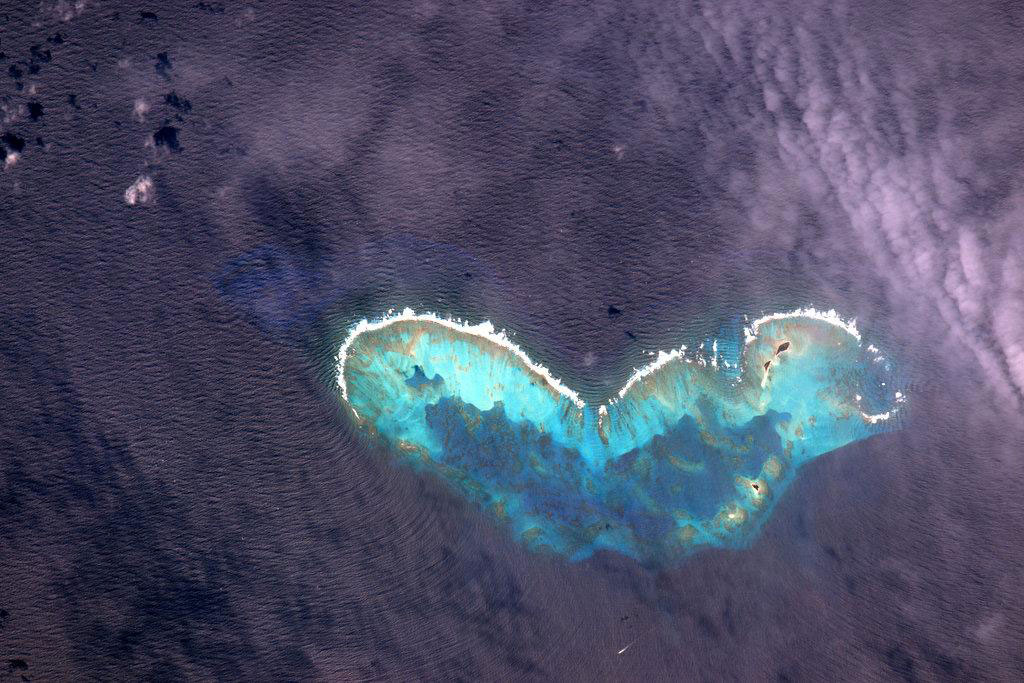
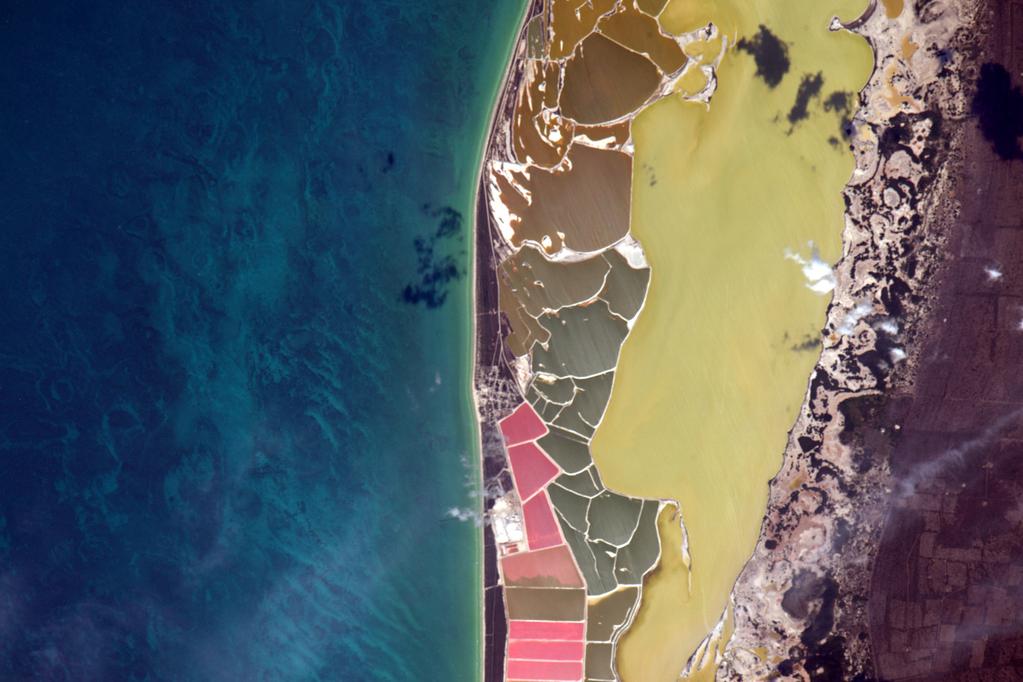

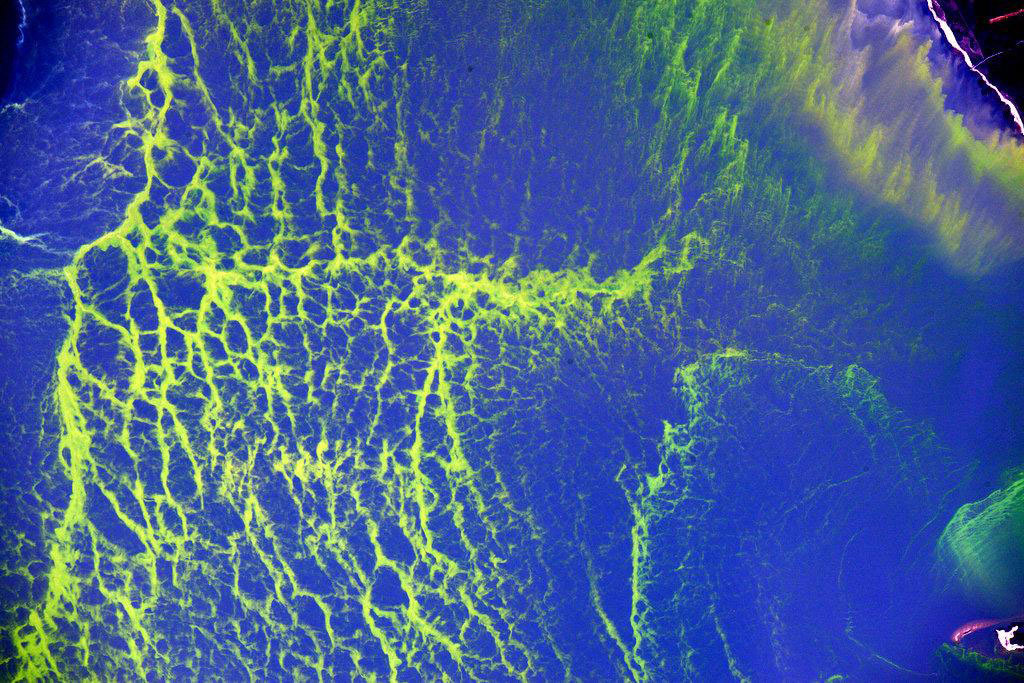
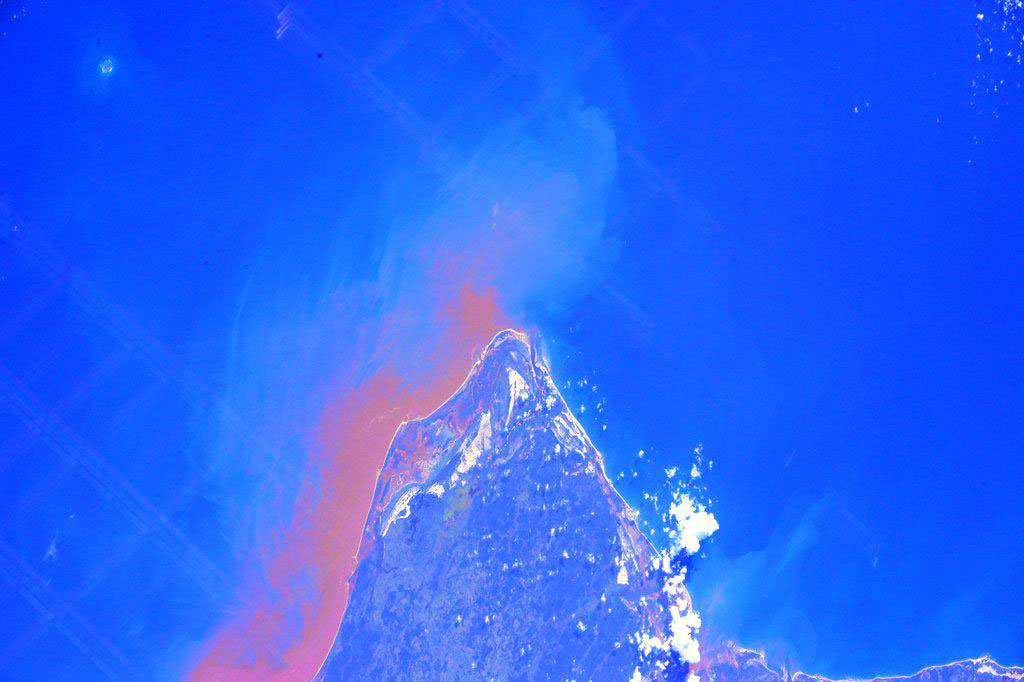







More Must-Reads from TIME
- Donald Trump Is TIME's 2024 Person of the Year
- Why We Chose Trump as Person of the Year
- Is Intermittent Fasting Good or Bad for You?
- The 100 Must-Read Books of 2024
- The 20 Best Christmas TV Episodes
- Column: If Optimism Feels Ridiculous Now, Try Hope
- The Future of Climate Action Is Trade Policy
- Merle Bombardieri Is Helping People Make the Baby Decision
Write to Jeffrey Kluger at jeffrey.kluger@time.com